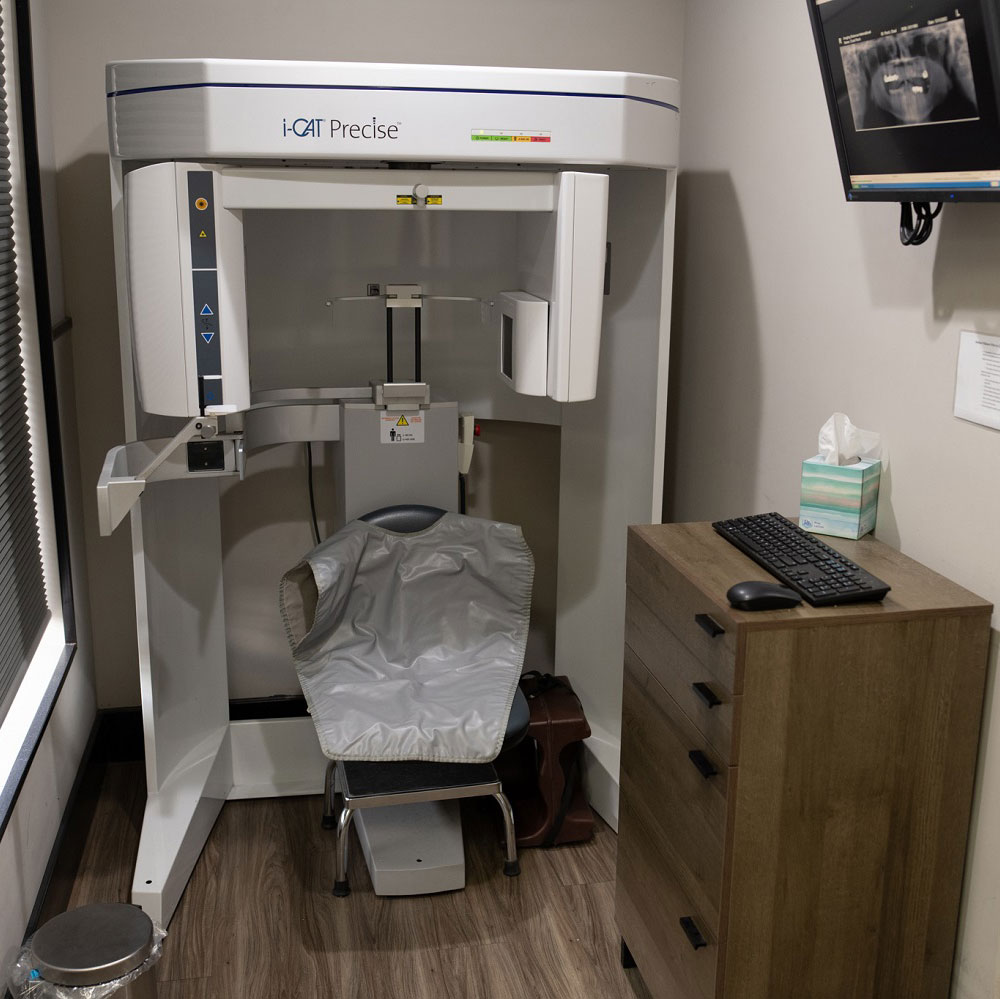Cosmetic Dentistry

Pima Dental uses cosmetic dentistry to enhance and/or improve overall appearance which, in turn, boosts confidence and self-esteem. Cosmetic dentistry and smile makeovers truly give patients a new reason to smile.

Cosmetic Dental Procedures
Cosmetic dentistry procedures can be as simple as changing the color of teeth to modifying the shape and replacing missing teeth, or any combination thereof. Cosmetic dentistry will vary depending on patient wishes and the desired outcome they are looking for.
Dental work performed in Cosmetic Dentistry are:
- Bonding
- Porcelain Veneers
- Crowns
- Bridges
- Implants
Bonding
Bonding can be used for some cosmetic dentistry procedures. It often provides a great solution for chipped teeth as well as for fillings. Advancements in technology and materials, such as porcelain and composite resins, allow for cosmetic restorations that look natural while being strong and functional.


Porcelain
Veneers
Porcelain veneers are one of the most common restorations associated with cosmetic dentistry and smile makeovers. Veneers are thin porcelain covers designed to go over the front of the teeth, minimizing the removal of natural tooth structure.
Veneers are an option often used in cosmetic dentistry cases where the tooth is not badly decayed and the patient is looking to connect chipped or crooked teeth as well as using this form of cosmetic dentistry to simply change the color and overall look of a smile. Porcelain veneers in cosmetic dentistry are often the restoration of choice if the patient is looking to make minor adjustments to change tooth shape, size, or color.
Veneers provide a cosmetic finish that is very natural and will leave you smiling more every day. The wide array of function and natural look obtained with veneers has made them one of the most popular procedures used in cosmetic dentistry.

Crowns
Porcelain crows are used in cosmetic cases when a veneer is not an option. Should any tooth (teeth) being restored in a cosmetic case already have a large filling or a large amount of decay, a veneer could not be placed and a crown will be used for that tooth (teeth) in the cosmetic case. Placing porcelain crowns on teeth that are not candidates for veneers allows for the matching of color of all restorations, thereby providing a wonderful cosmetic look.
Porcelain crows will also be used in cosmetic dentistry if the tooth being treated needs to be built up in size or shape and veneer is not the optimal answer if strength and functionality are a concern. Posterior (back) teeth will frequently be restored in a cosmetic case using porcelain crowns as these teeth are responsible for chewing and take a lot more of the force of day-to-day wear and tear than the anterior (front) teeth.
Bridges
A porcelain or porcelain fused to high noble metal bridge will be used in completing a cosmetic case if a tooth is missing and the patient does not have an implant placed. A bridge is constructed by preparing the teeth on either side of the space as you would for a crown and then creating a crown for each tooth that has a third tooth (pontic) attached between them. This pontic “bridges” the space and provides stability for bite, prevents shifting of the teeth, and restores function for the patient. As with crowns, using a bridge as part of the restoration in a cosmetic case provides optimal color and shade match with the other types of restorations that may be used.


Implants
A dental implant is the optimum restoration for replacing a lost tooth. An implant is a permanent solution for a missing tooth and helps maintain the bone support for the surrounding teeth and jaw, thereby extending their lifespan. Dental implants are the most natural looking restoration and are easy to maintain so as to have them last a very long time.
An implant is the ideal choice because it prevents further bone loss from the area where the tooth is missing which, if not addressed, can lead to shifting of teeth and bit, diminished supporting structure for the face and even poor nutrition.
Implants are not a quick answer, however, they are frequently used in single missing tooth cases as well as cosmetic or smile makeover cases.
If a single tooth is missing, the cost factor of a bridge versus an implant is usually not significant enough that the implant would not be done.
Implants can also be used in cases where more than a single tooth is missing. In caes where all teeth are missing, implants can provide anchor units for dentures. If several teeth next to each other were missing, implants can be placed to become the supporting units for a bridge that span the area and rep0lace the missing teeth.
Additionally, implants can be used in cases where all teeth are missing and dentures are required. Creatingh a denture supported by implants provides a great solution for a patient. Implants will be placed in specific tooth sites and a denture will be designed and created that snaps or attaches to the implants. The gums and bone are better preserved than with a traditional complete denture and there will not be any slipping of the denture of need for adhesives.











